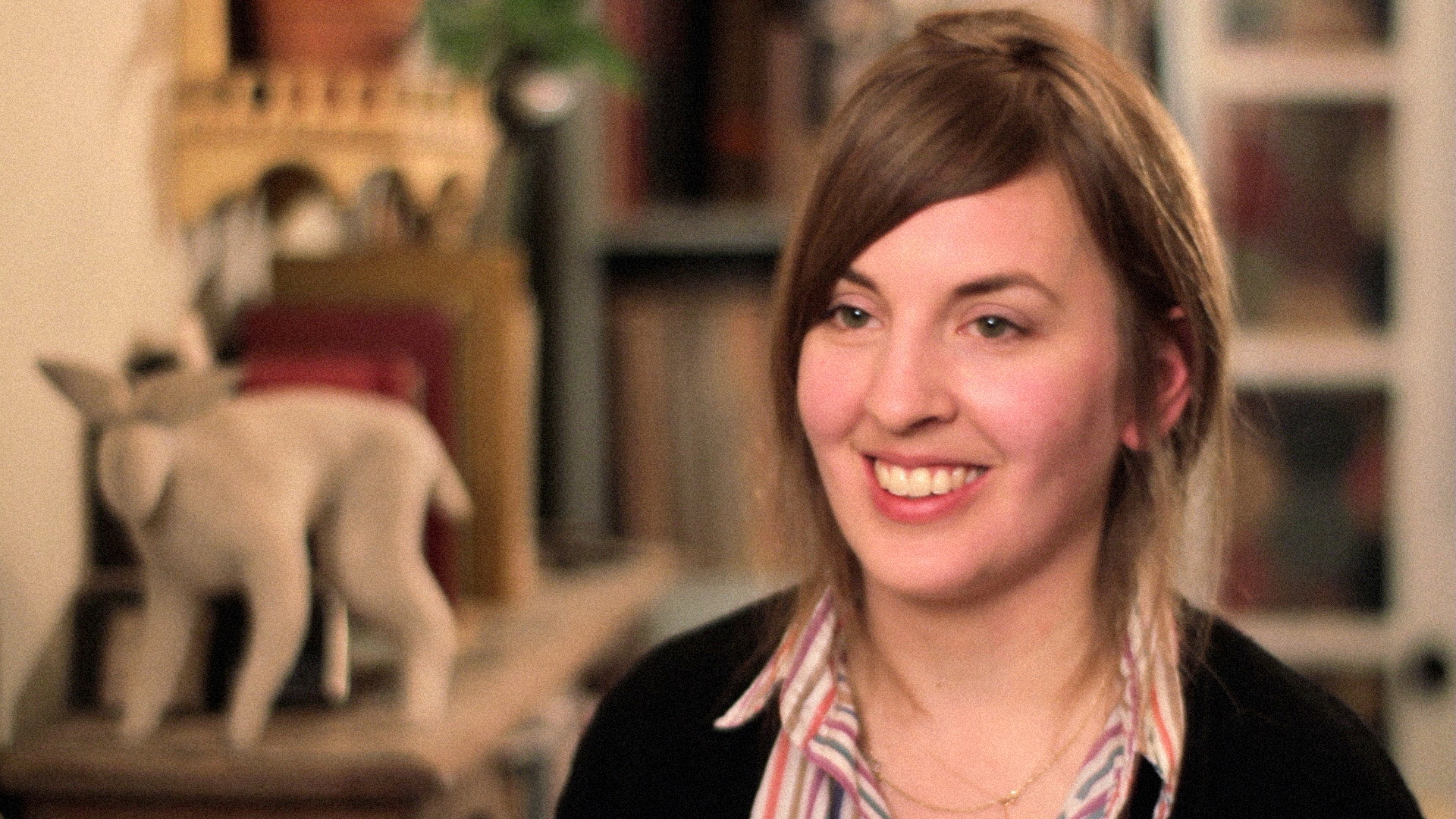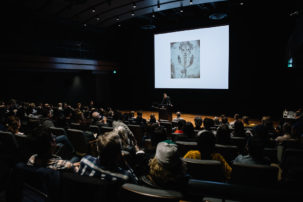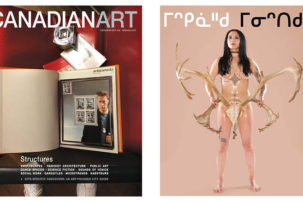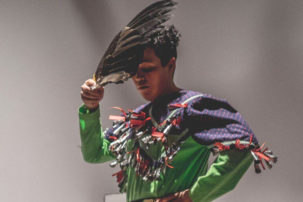Heather Goodchild is a Toronto artist whose work is inspired by phenomena ranging from folk art and traditional music to religious stories and universal symbols. Textiles are her main medium, and she uses them to create felt portraits, rugs, quilts, soft sculpture and dioramas.
“I chose textiles as a medium because it was something that I was drawn to ever since I was a child,” she says. “Something about the colour and the texture in textiles inspire me more than any other medium. It was almost like I didn’t choose it, it chose me.”
Initially, Goodchild thought her love of textiles would lead to a career in costume design. To prepare for a life in that field, she studied fashion design at Ryerson Polytechnic University (now Ryerson University), graduating with a BAA in 2000.
“I finished fashion school and went directly into the film industry doing costume work,” she recalls. “I worked in film for three or four years, then I carried on into television. But all the while I felt like something was missing in my life. So I would make a movie and then I would have an art show. Soon it became apparent costume was not what I wanted to do anymore, and I just made it my goal to be able to do the artwork full-time.”
Goodchild has now achieved that goal, with exhibitions at Katharine Mulherin Contemporary Art Projects, the Art Gallery of Southwestern Manitoba and Harbourfront Centre, as well as grants from the Ontario Arts Council and the Toronto Arts Council.
She also does freelance work for musician friends, including the life-size fabric sculpture for the cover of Doug Paisley’s Constant Companion and the font for Feist’s Metals. (Another area of production for Goodchild is silkscreen printing, where she uses a similar font cut from tape and other adhesives.)
Still, textiles remain her first love.
“I’m really fascinated with patterns in nature and how they repeat,” she says. “You see a pattern in a leaf and you see the same pattern in a tree, then you can take that pattern and make a quilt out of it. I like that sort of universal patterning. And I love how textiles have a long tradition that is wrapped up in both story and utility.”
She does have advice, however, for others seeking to enter the field.
“I would only encourage someone to be a textile artist if they are passionate about it,” she reflects. “A lot of the techniques are very time-consuming and labour intensive, and if you don’t love it, then I don’t think you can get through the pieces, because some of them take months. You need the passion to get through it.”









